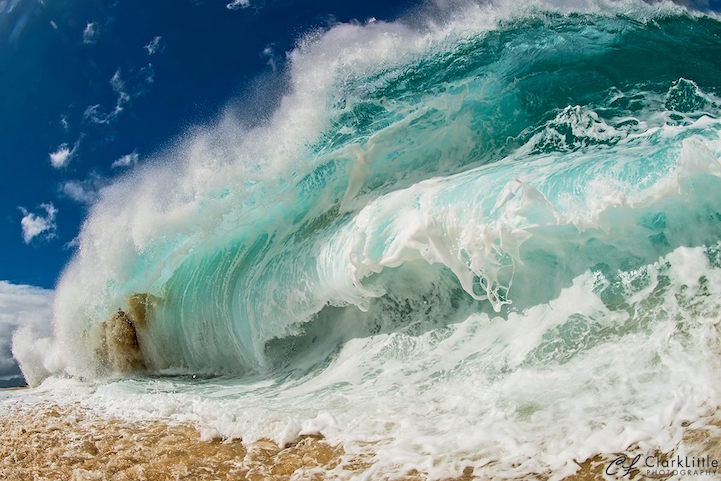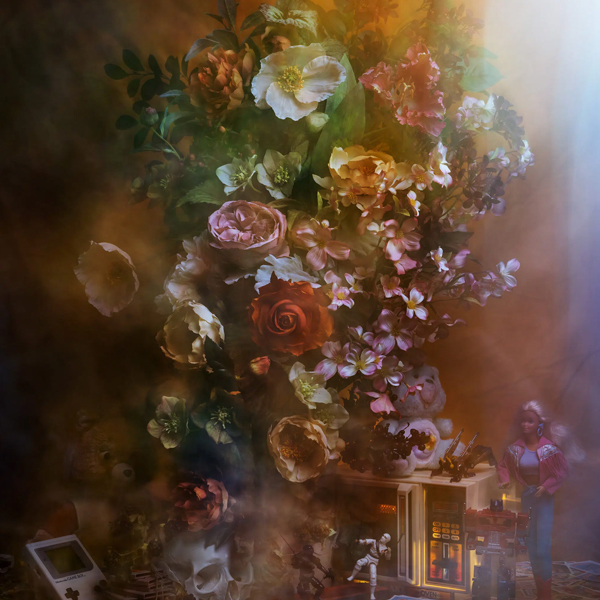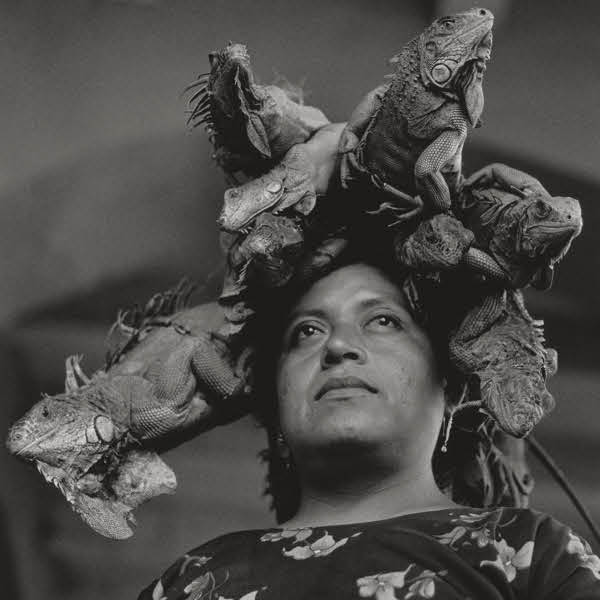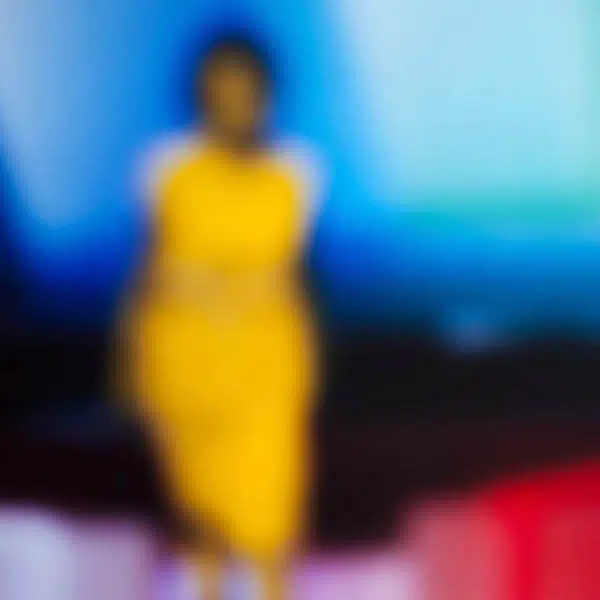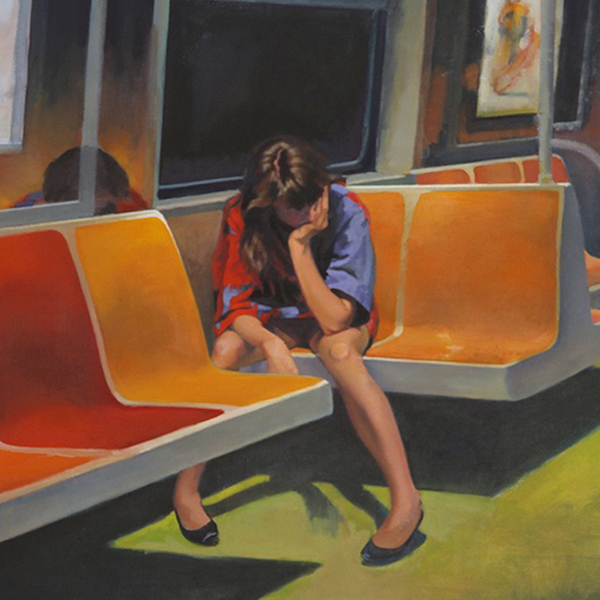When surfing expert Clark Little‘s wife was looking for a photo of the ocean to decorate their bedroom wall with in 2007, Little decided to forego the random gallery print and take matters into his own hands. With the confidence of a seasoned wave chaser, the longtime Oahu resident bought waterproof photography gear, headed to the North Shore, and jumped into the ocean to capture the perfect shot. What began as a DIY solution to a home-decorating challenge turned into an intense passion for photographing colossal waves crashing onto shore, as Little discovered his natural skill at what's known as “shorebreak photography.”
Since then, Little has spun his unique combination of daring and talent into a prolific career shooting gorgeous breakers and grinders off the beaches of Hawaii. Wading chest-deep into the ocean with his camera in hand, the photographer braves forceful waters to capture the singular moments when giant waves roll over and collide into land and sea, crystallizing into stunning swells as smooth as glass or as turbulent as storms.
“The shorebreak is my comfort zone,” Little says. “I absolutely love it. It's always different. The light, the colors, the water, the sand and what happens to it. And to be there to capture it and share it with the world…what a dream.”
We were lucky to ask the photographer a few questions about his passion for shorebreak photography. Scroll down to read that exclusive interview.


Your work is called “shorebreak photography.” Can you tell us more about what this is and what it involves?
I take photos of waves in Hawaii that break close to shore in an area called the shorebreak. Usually it is very shallow, sometimes only inches of water. I shoot inside the ocean with a waterproof housing to protect my camera. My goal is to get as close to the breaking wave as possible–usually that means being inside it when it tubes. It's a perspective that few people get to experience since it requires being in a dangerous place. I find the closer I get to the danger and the edge, the more I love the photo.

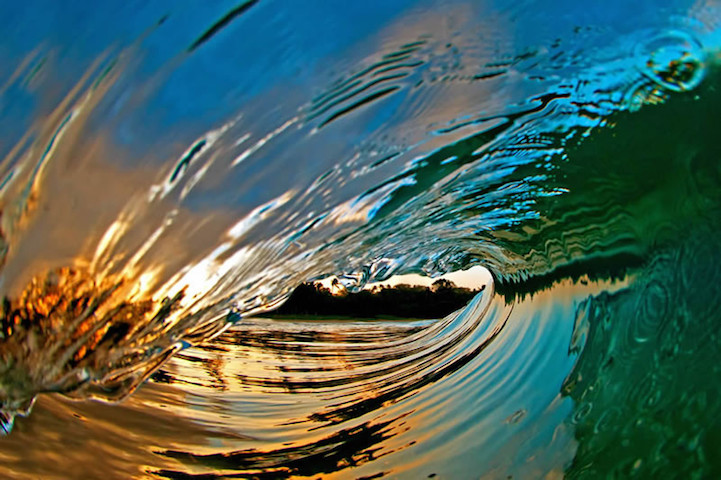
When did you know that shorebreak photography was your true calling?
I never knew it to be a calling. I was just out trying to capture a photo for my wife. She wanted a photo of a wave for our bedroom wall. She actually went out and bought one from a gallery. I had her return it and told her I could get a better shot. I then when out and bought a camera housing and tried to capture something for her. That was the start. Once I got in the water and started shooting, I was hooked.
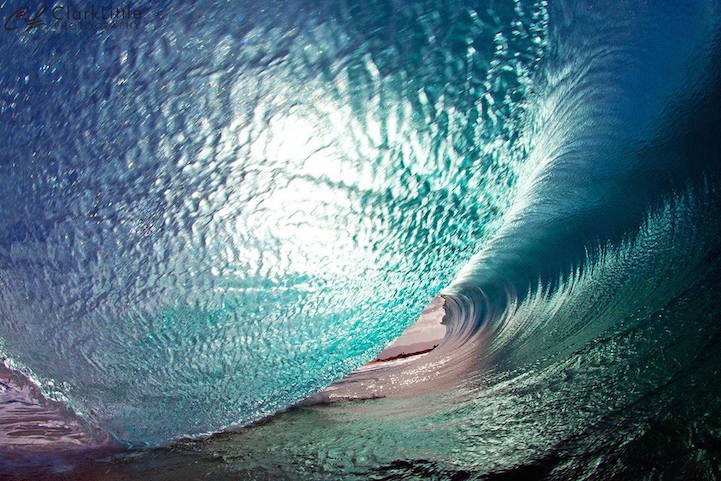
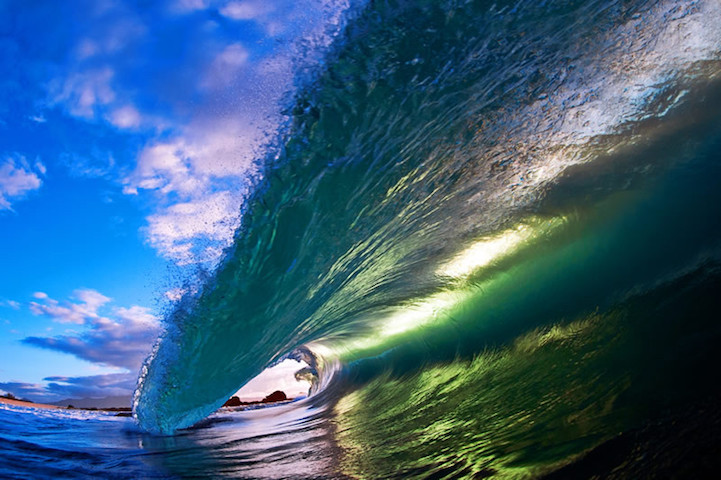
When you're out shooting, what are you looking for in an image?
Beauty. Danger. Wow factor. The main thing I am doing is out there having fun and exercising. I love to be in the ocean. While I am out there, I will shoot hundreds of pictures. I might not find a good image for days.

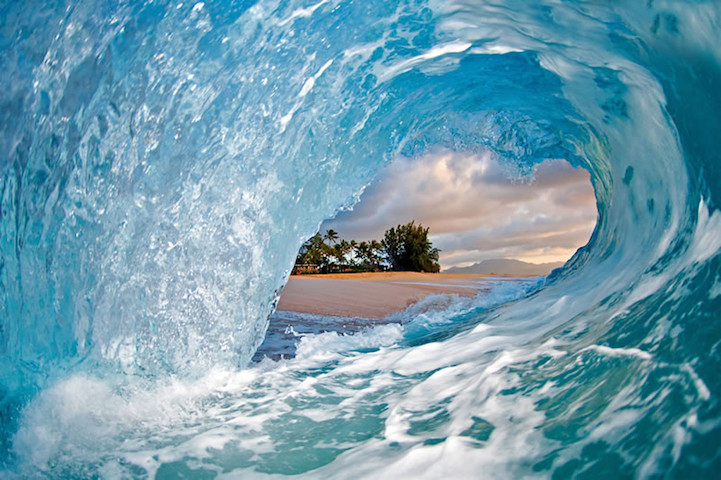
What's the most challenging part of photographing crashing waves?
It is dangerous and the conditions can change on a dime. The subject, the wave, is moving and dynamic, so I have to respond quickly. Danger is usually just a few inches and a bad decision away. Got to keep my brain sharp and not make a mistake.
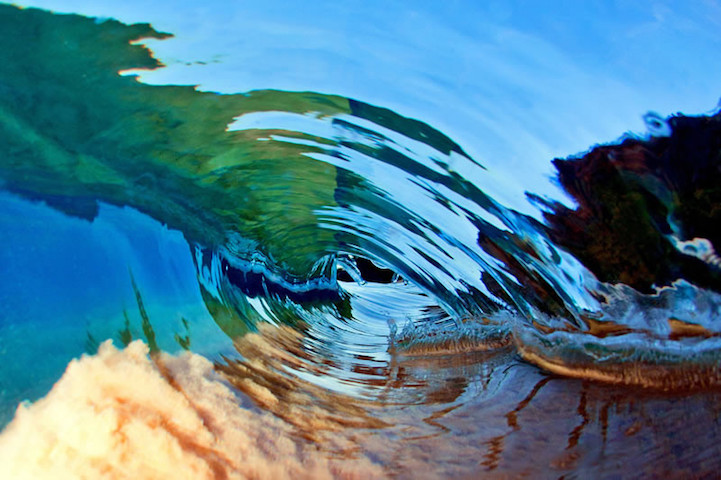
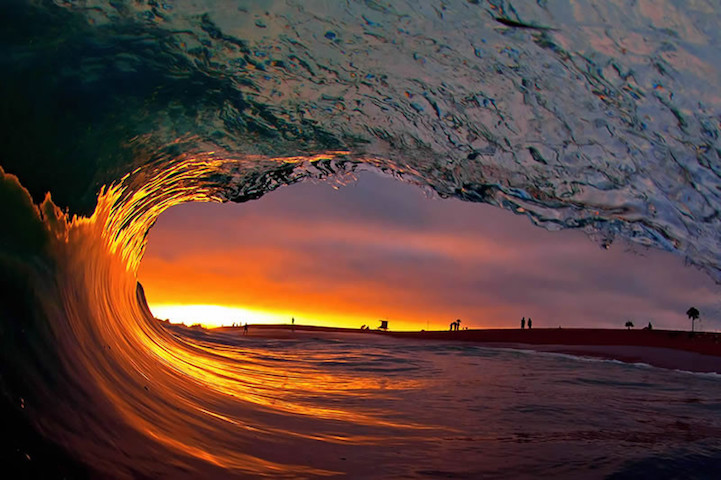
What do you love most about the whole process?
I love the rush and exercise and the challenge of trying to capture a shot that catches my eye. Of course, being able to have this be my full-time job for the last eight years has been a great icing on the cake. So many opportunities have opened up for me. Not know what is coming next has been the most exciting. The process of shooting waves is very spontaneous and not planned, and the path of my photography career has been the same.
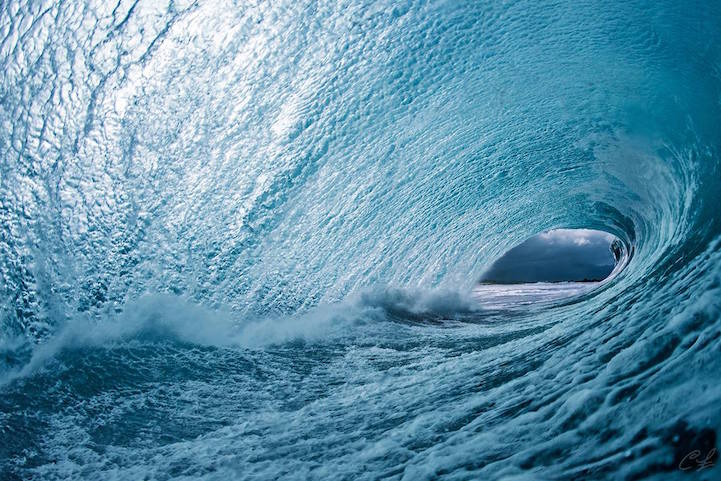
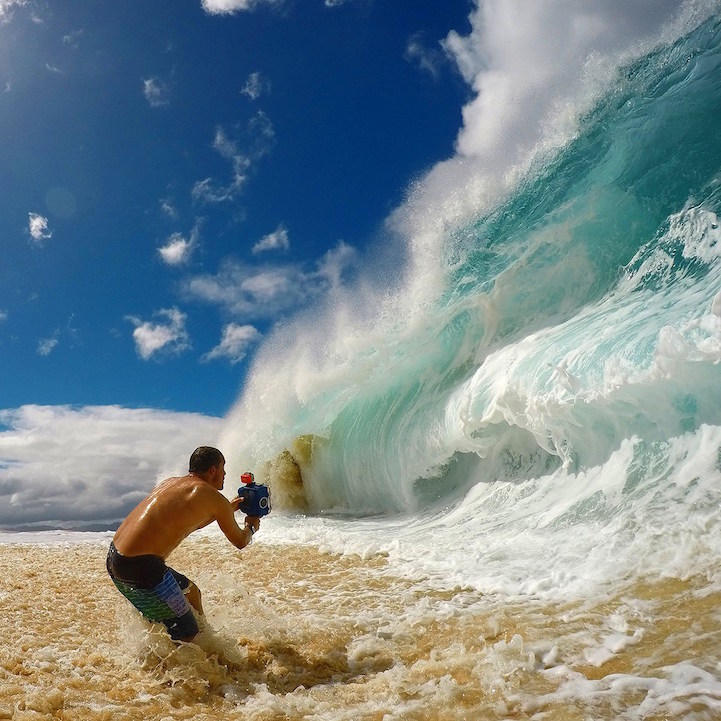 Clark Little photographing a crashing wave. Photo: Tharin Rosa
Clark Little photographing a crashing wave. Photo: Tharin Rosa
Clark Little: Website | Facebook | Instagram | Twitter
My Modern Met granted permission to use photos by Clark Little.
